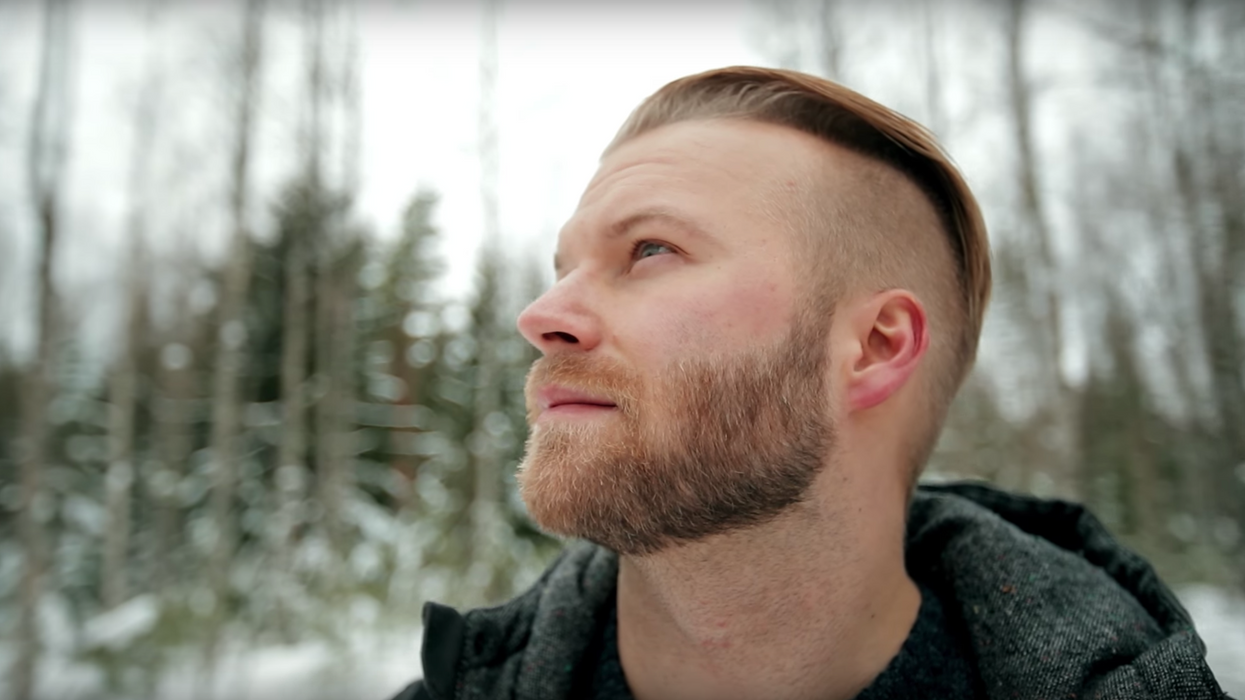Watch: What You Need to Achieve That Sweet, Sweet Bokeh
Take control of your bokeh! Learn how to craft it from scratch.

Bokeh, or the blurry part of an image, seems like an aspect of cinematography that is kind of a no-brainer, right? I mean, didn't we all go a little nuts with our first cameras, capturing all of our images in shallow focus and thinking that, hell yeah, we're talented AF? Chances are, though, that we didn't really know exactly why we were getting shallow depth of field; all we knew was that zooming + close object = dope ass blur.
And that's fine, I guess, but if you want to be able to not only achieve beautiful bokeh but also control the way it looks, you'll need to know which factors are at play here. In this video, Matti Haapoja of TravelFeels, along with his brother Teppo, explain what these factors are and how you can use them to be a true bokeh master.
Without going into the complicated math, mostly because I don't understand it, there are three factors that determined depth of field: aperture, focal length, and the distance between your lens and your subject, and each one of Haapoja's tips address each of these factors.
- Get your hands on a fast lens: Because aperture is a factor that impacts bokeh, you might want to use fast lenses. I'm talking at least f2.8, but really, you'll probably want to get somewhere around f1.8 to f1.4 to get more blur.
- Use a zoom lens: Zooms and telephoto lenses are great for creating bokeh. The longer the focal length, the more blurry and bad ass your bokeh is gonna be.
- Get closer to your subject: The closer your camera lens is to your subject, the more blurry your background will be. Why? Magic. No, it's math, very, very complicated math.
So, there you have it. You may not quite understand the science behind depth of field (I certainly don't), but, at the very least, you now know the basic factors that determine it. Now, go out and capture some of that "sweet, sweet bokeh!"
Source: TravelFeels











